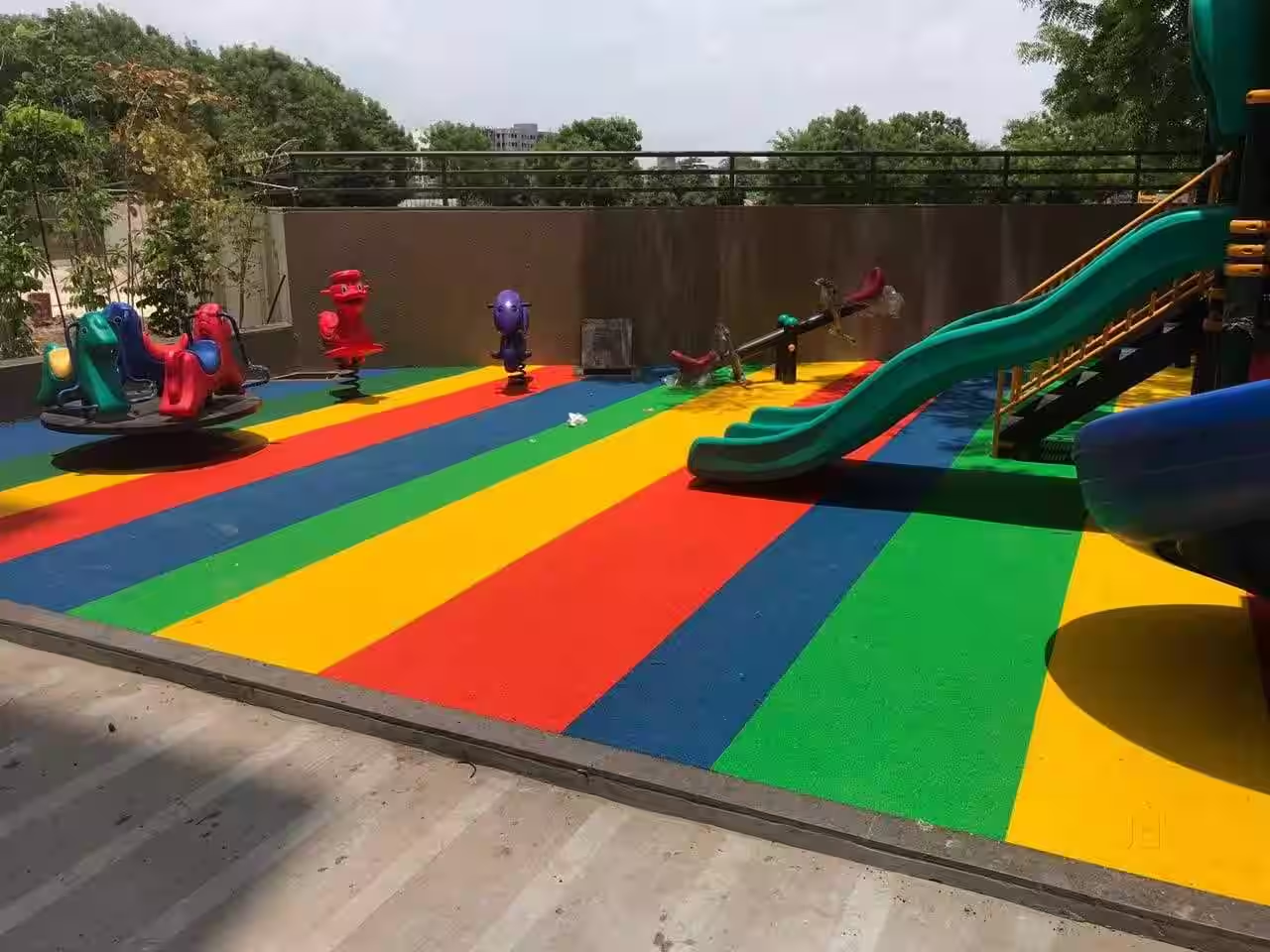
Outdoor playgrounds are more than just recreational spaces—they’re hubs for social interaction, physical development, and family bonding. Whether you’re a parent looking for weekend plans, a teacher planning an outdoor field trip, or simply someone who enjoys open-air relaxation, knowing where to find nearby playgrounds is key to enjoying your local community to the fullest.
Leading design firms like Inspire Play playgrounds often collaborate with cities and schools to build inclusive, engaging play areas—making them easier to discover in well-planned neighborhoods and public parks. Here’s how you can locate public outdoor playgrounds near you and what features to look for.
1. Use Digital Playground Finder Tools
Thanks to GPS and mapping apps, finding a playground is easier than ever. Several tools and mobile apps are specifically designed to help families locate public play areas:
- Playground Buddy – A global directory of playgrounds. It offers photos, features, directions, and reviews.
- Google Maps – Simply search “playground near me” or the name of a nearby park, and check the “Photos” or “Reviews” sections.
- AllTrails – Though typically used for hiking, many trail entries include playgrounds or park info.
- Local municipal websites – Many cities maintain updated lists or interactive maps of public parks and their amenities.
These tools are especially useful if you’re traveling or looking for new spots to explore beyond your usual route.
2. Check City and Community Resources
Most municipalities maintain a parks and recreation department that lists all public green spaces, including which ones have playgrounds. These lists are usually categorized by:
- Neighborhood or borough
- Facility type (playground, splash pad, sports field, etc.)
- Accessibility features
- Hours of operation and maintenance updates
City websites may also provide downloadable maps or interactive tools for planning your visit. In some cities, you can filter by age group, surface material, or special equipment like adaptive swings or musical panels.
3. Ask Local Parents or Educators
Word of mouth remains one of the best ways to discover hidden gems. Teachers, childcare workers, and fellow parents often know which playgrounds are:
- Safest and cleanest
- Less crowded at peak times
- Equipped with the best gear
- Shaded, fenced, or accessible
Parent groups on Facebook, school newsletters, or local community centers can also be great places to gather insights about family-friendly playgrounds in your area.
4. Explore by Foot or Bike
If you’re interested in discovering playgrounds the old-fashioned way, try taking a walk or bike ride through your neighborhood. Parks are often tucked away behind residential areas, schools, or within larger recreation complexes. You may even stumble upon brand-new installations that haven’t yet appeared online.
Many urban planners intentionally design playgrounds as central features within walkable neighborhoods. This not only increases convenience but also encourages outdoor play and community interaction.
5. Look for These Key Features
When scouting a playground, here are some important amenities to consider:
| Feature | Benefit |
| Shaded areas | Protection from sun and heat |
| Inclusive equipment | Access for children with mobility challenges |
| Safe surfacing (rubber/mulch) | Reduces injury risk |
| Proximity to restrooms | Convenience for families |
| Seating for adults | Comfort and visibility |
Bonus features might include splash pads, climbing walls, musical stations, or themed designs that reflect local culture or wildlife.
Conclusion
Finding a great public outdoor playground is about more than geography—it’s about discovering a space that fits your family’s needs and lifestyle. With the help of digital tools, community insights, and a little local exploration, you can uncover playgrounds that are safe, inclusive, and fun for all ages.





